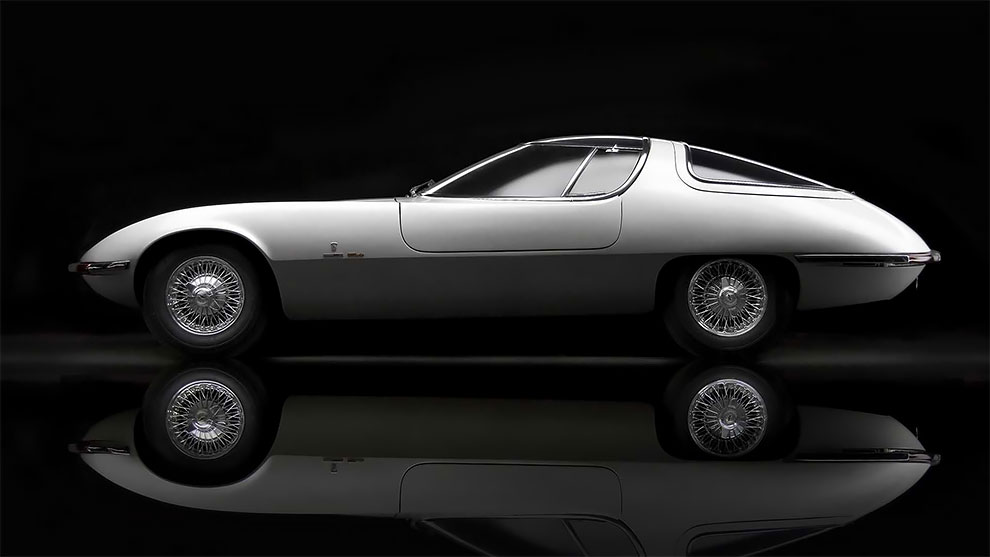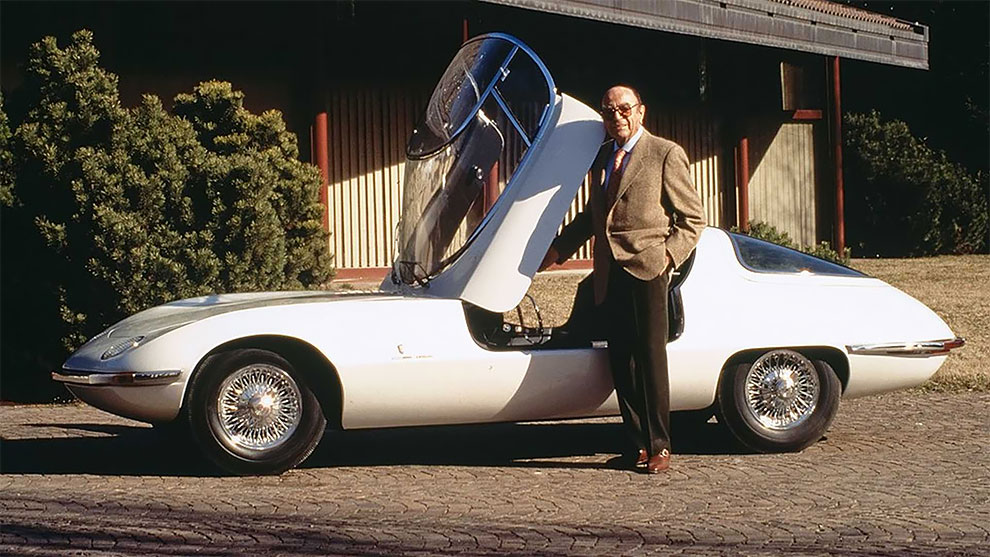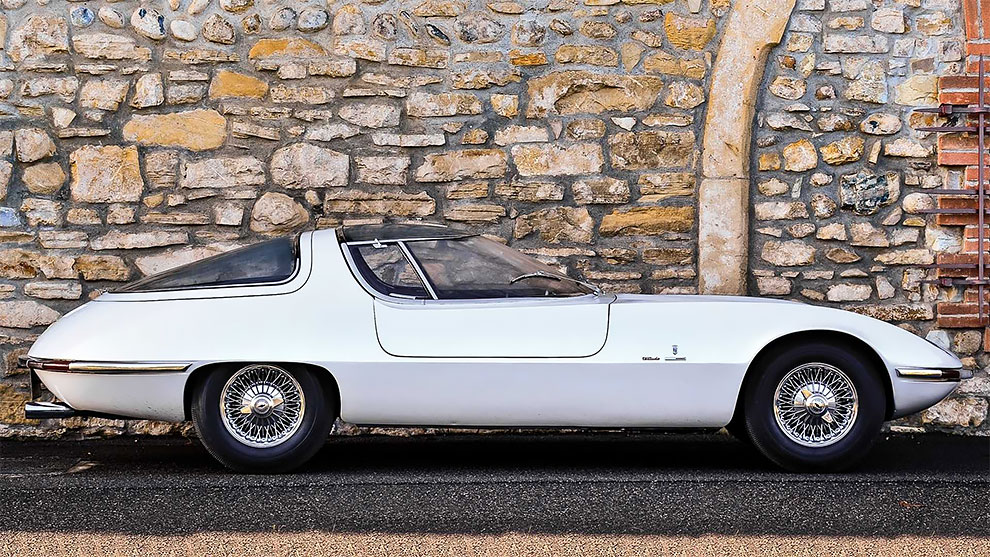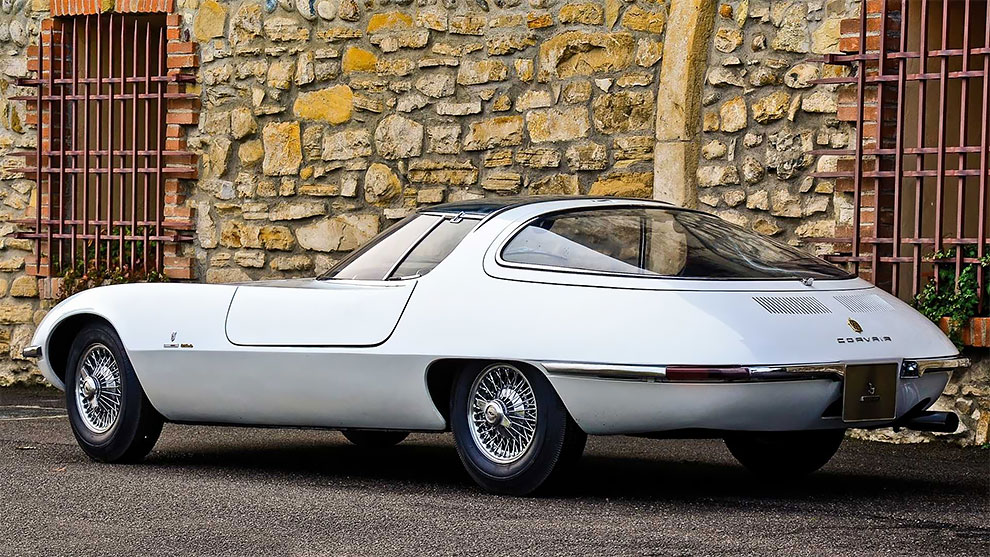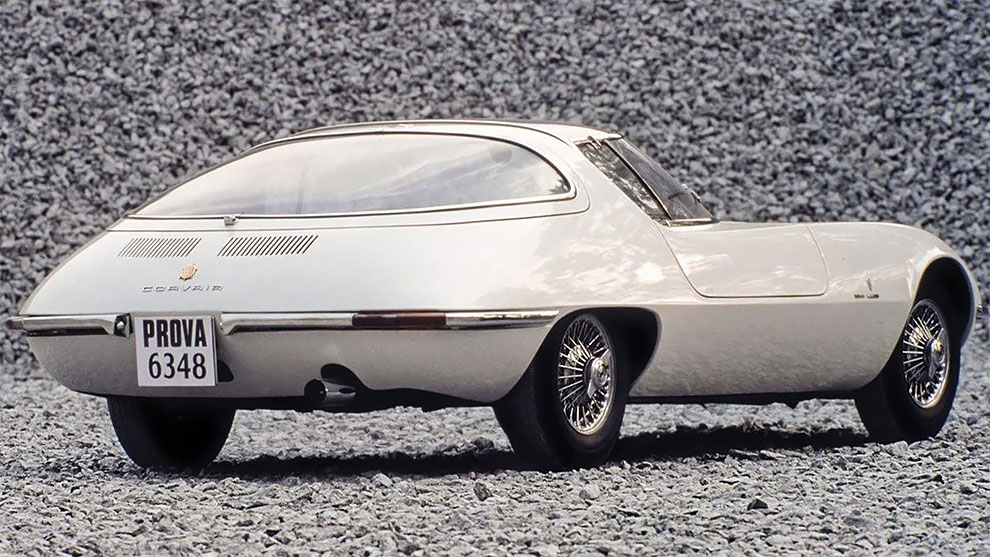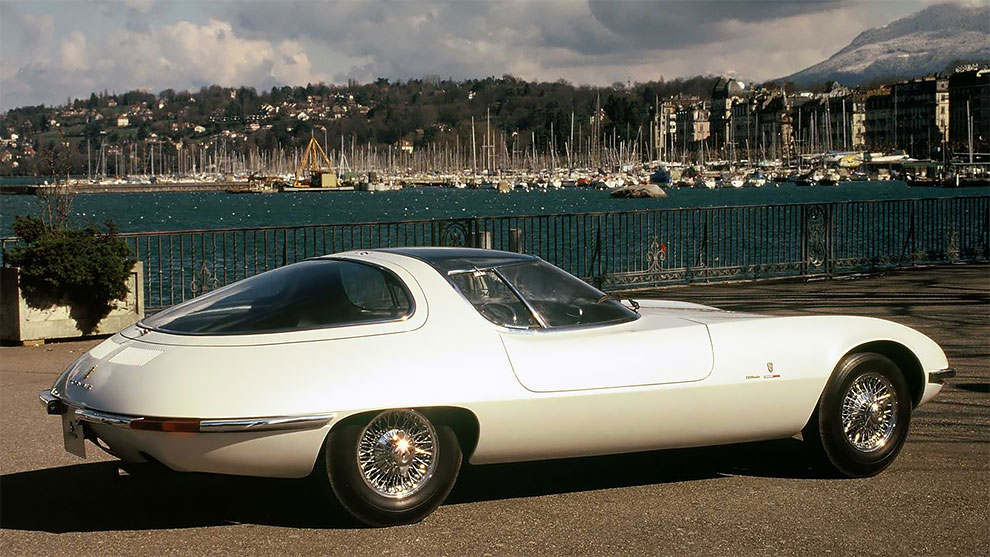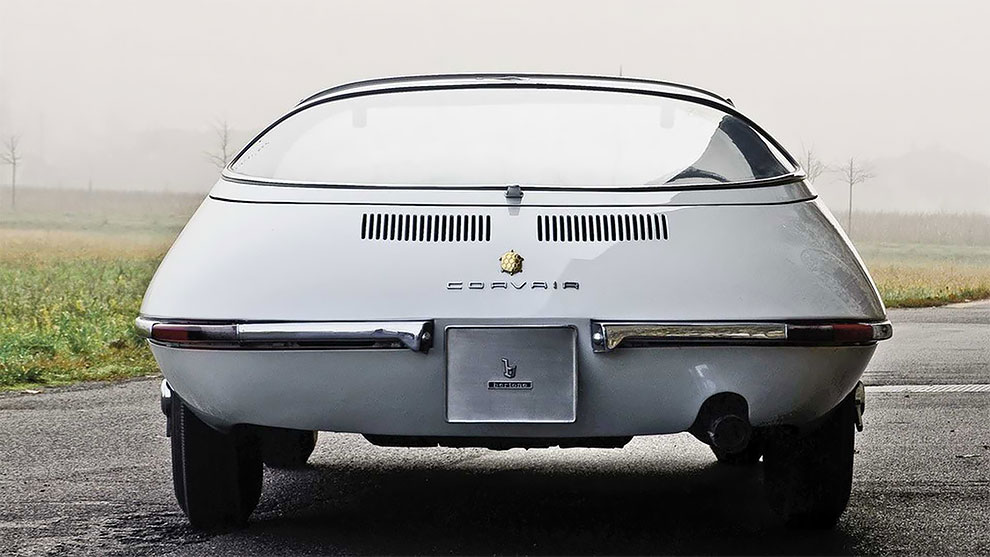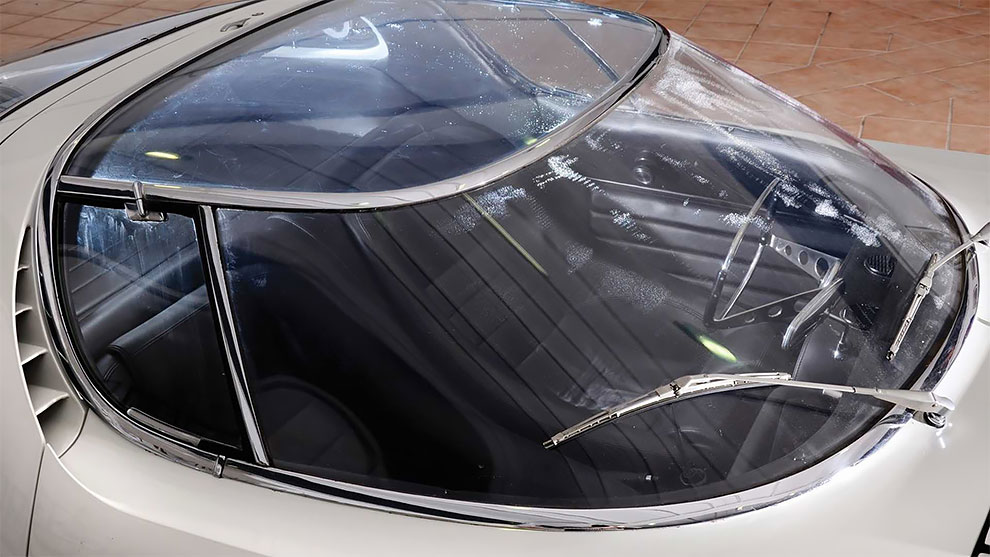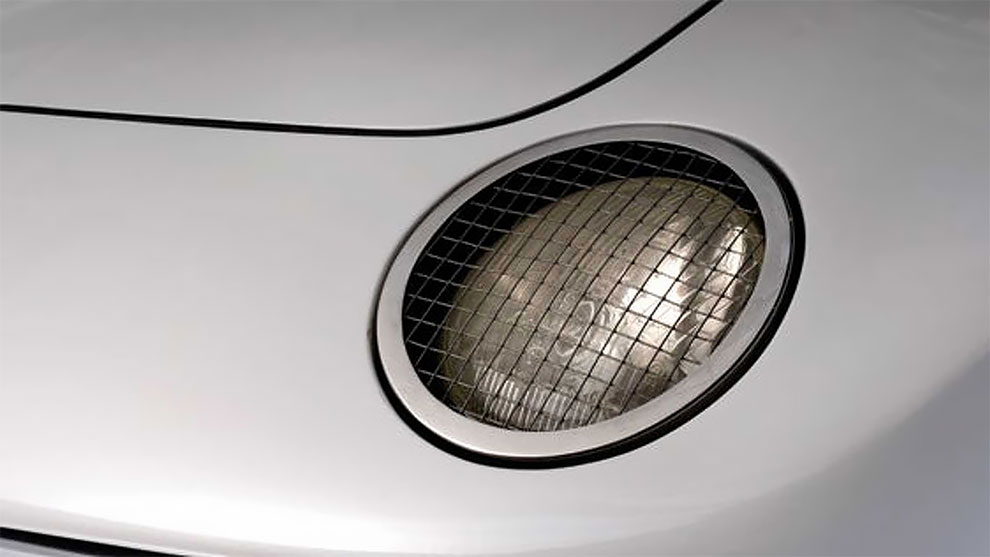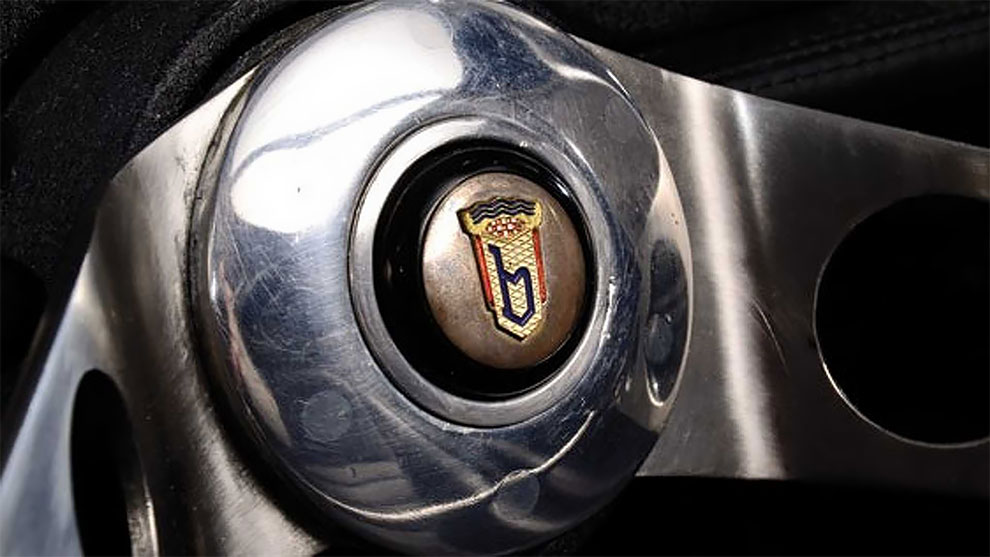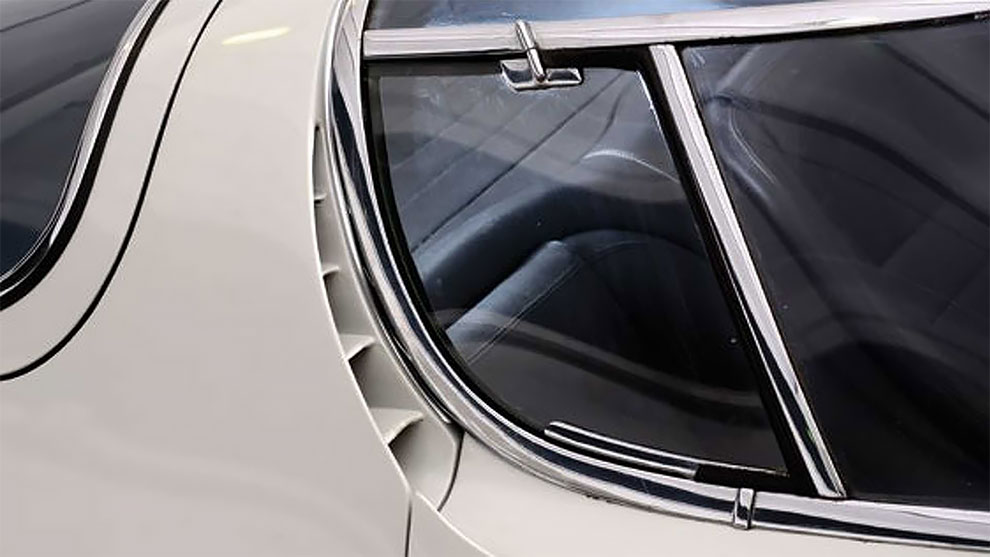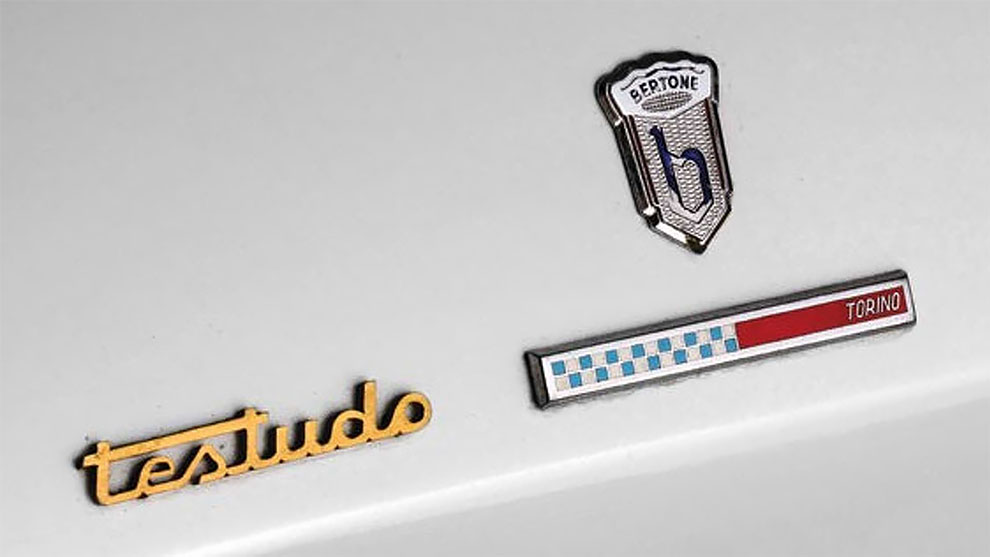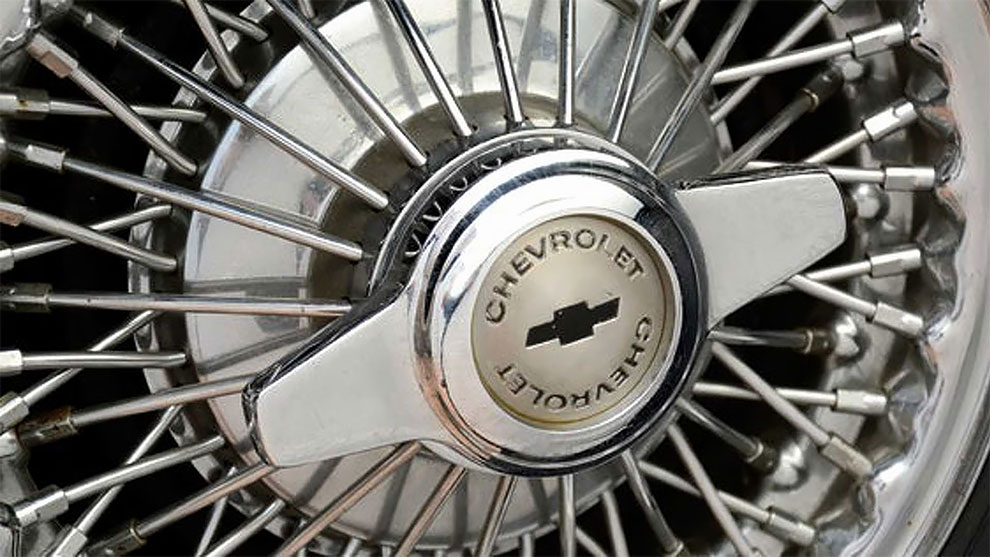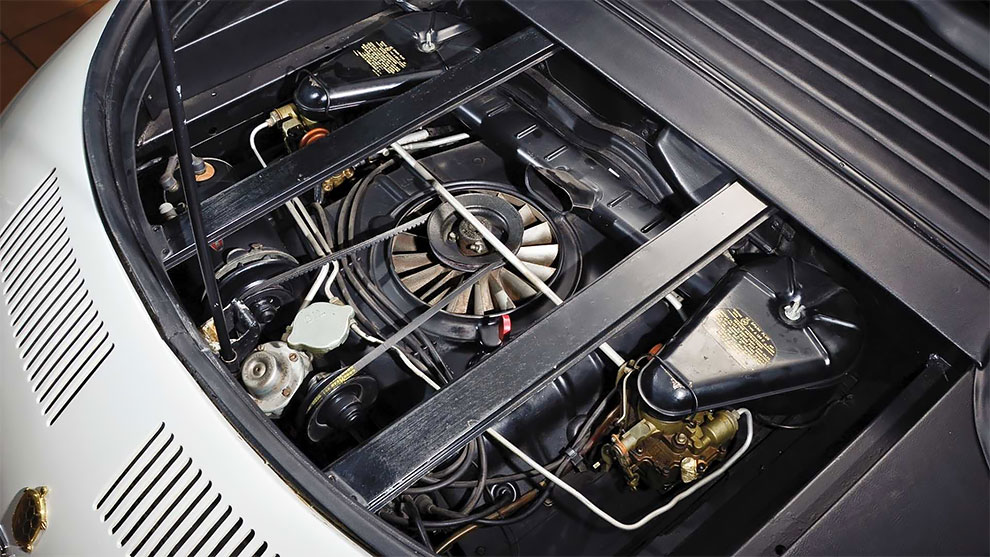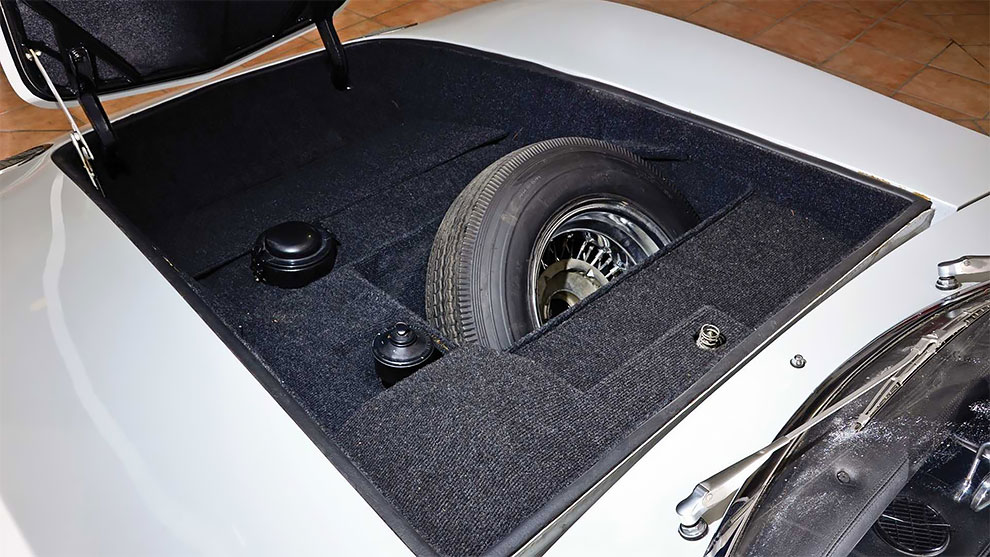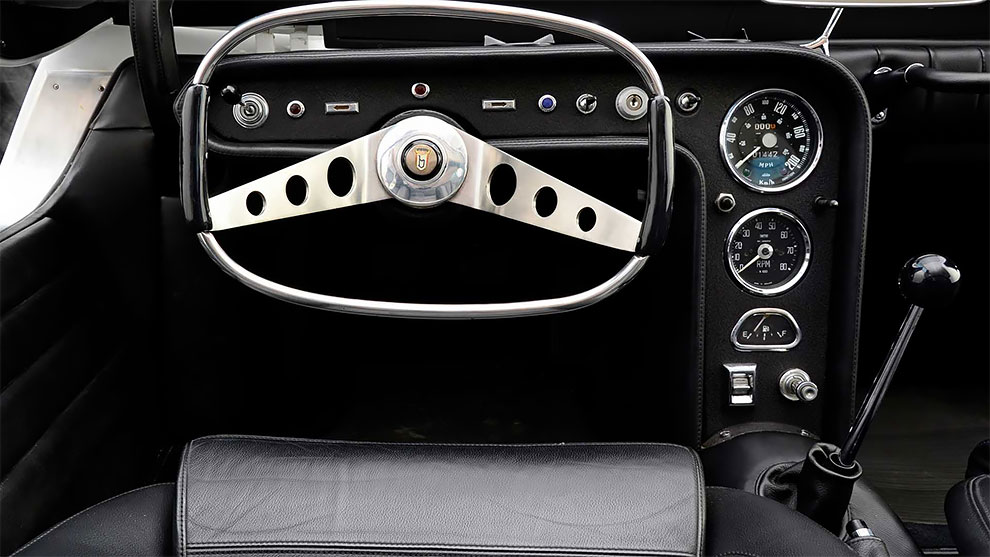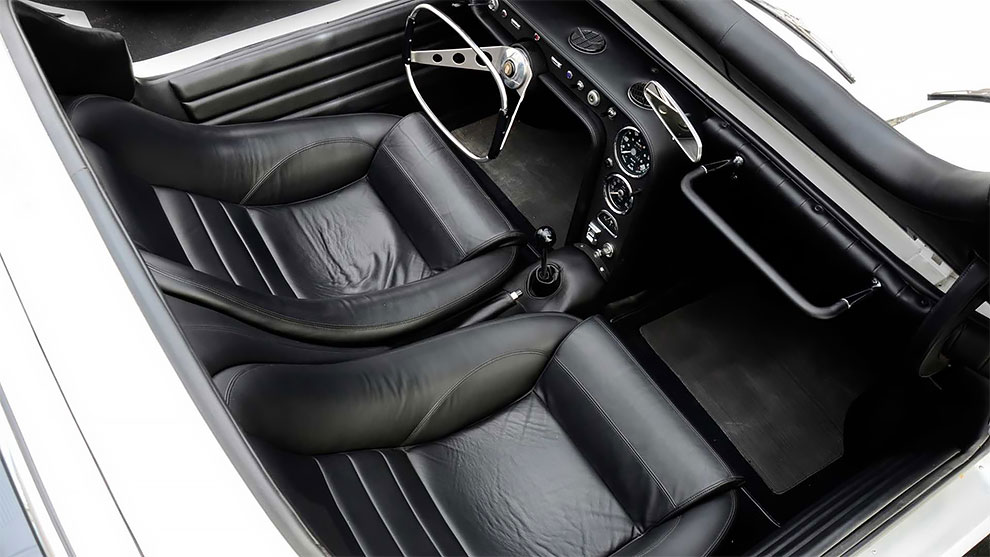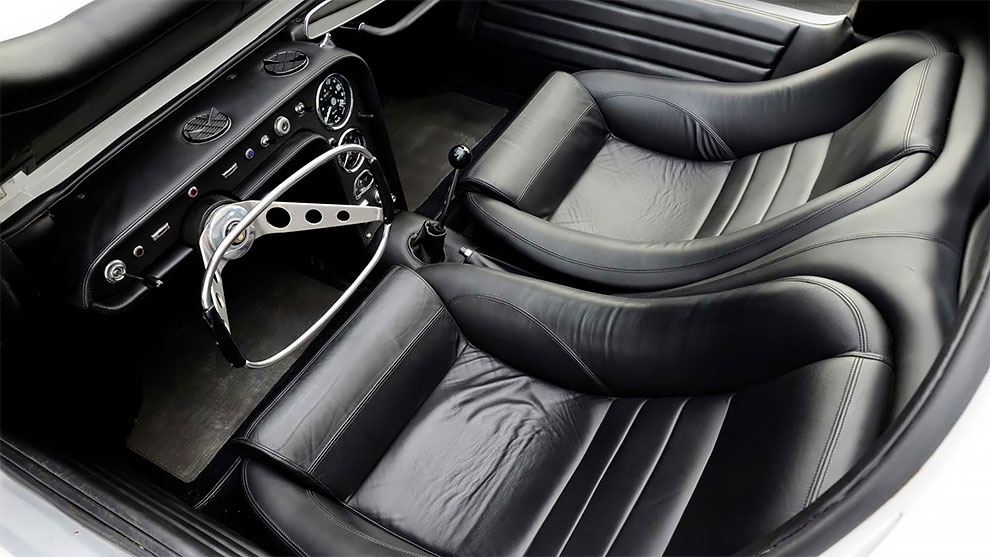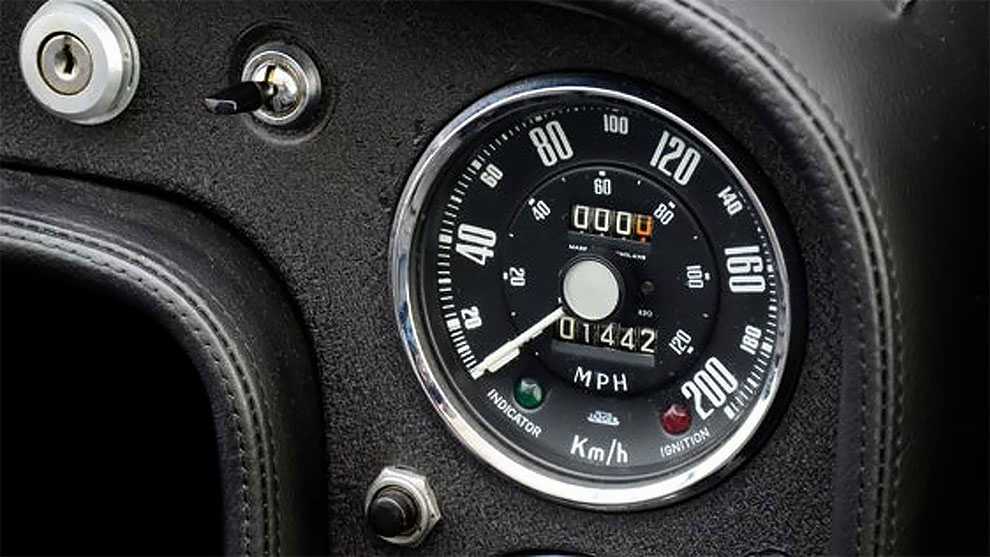Concepts From Future Past: 1963 Chevrolet Corvair Testudo

The Chevrolet Testudo is a concept car built by Bertone on a modified Chevrolet Corvair Monza platform. The name comes from the Latin word for “Turtle”. The car debuted at the 1963 Geneva Motor Show.
More: Wikipedia
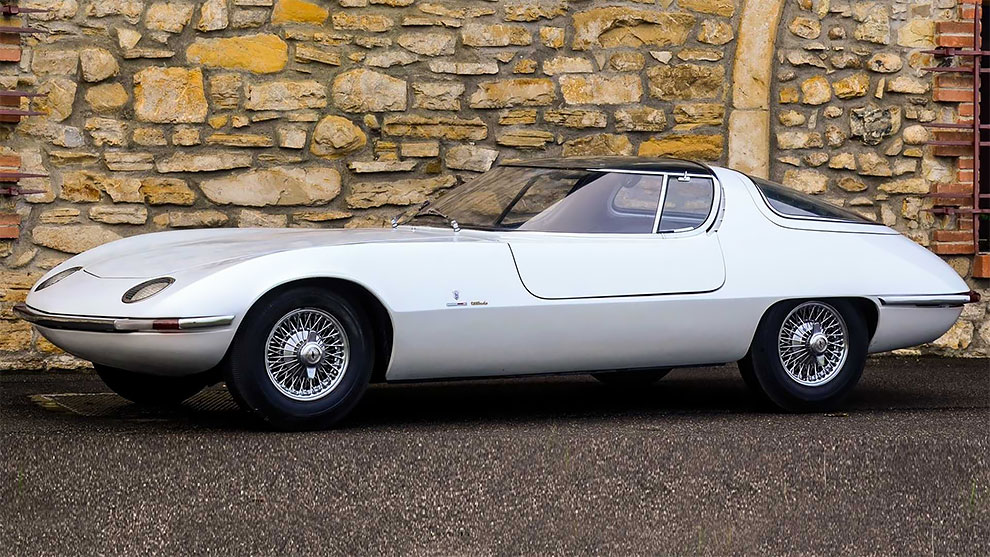
The car’s design was done by Giorgetto Giugiaro, who was then at Bertone. He said that his goal was to create a shape that merged the two typical views of a car; the plan view and the side elevation. He wanted a shape that was a smooth visual blending of the two. Work on the car was completed in two months.

The Testudo influenced later Bertone designs like the Lamborghini Miura, Alfa Romeo Montreal, and Fiat 850 Spider. The Ferrari Daytona of 1968 is said to reference the style of the Testudo. Designer Dick Teague drew inspiration from the Testudo when shaping the 1975 AMC Pacer. Designer Anatole “Tony” Lapine also said that the Testudo influenced his work on the Porsche 928 for 1977.
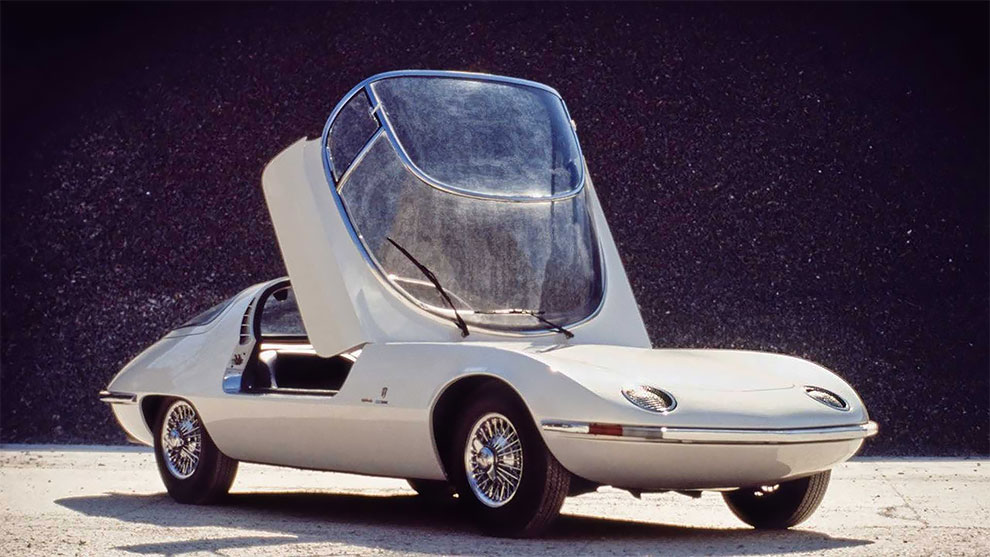
Powering the Testudo was the rear-mounted Chevrolet Turbo-Air 6 engine that came with the Corvair. This was an air-cooled six-cylinder horizontally-opposed boxer engine with a single camshaft in the block and overhead valves with two valves per cylinder. The cylinder block and heads were aluminum, but the cylinder barrels were iron.
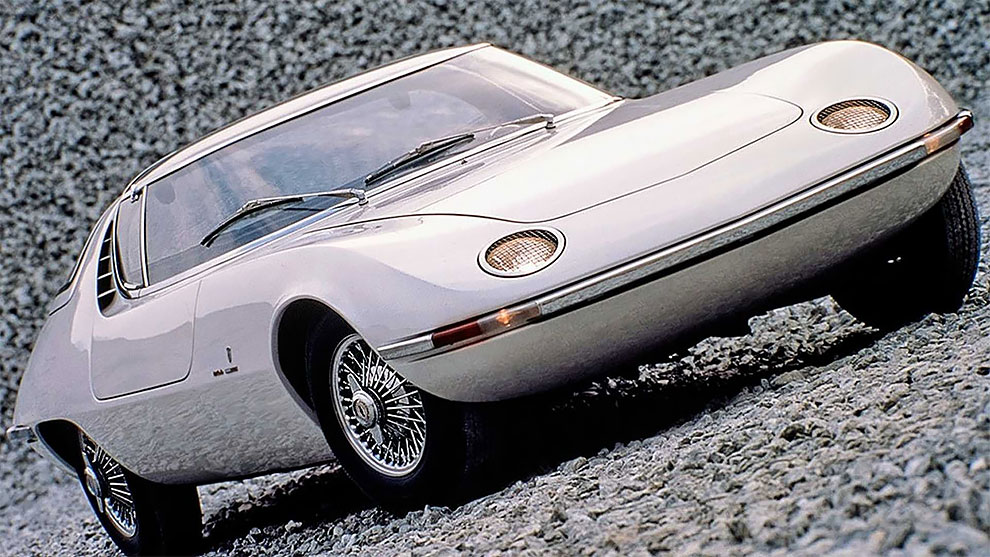
Giugiaro says it was the first car he was ever given a free hand to design. He asked to have the car when he departed Bertone, but his request was turned down.
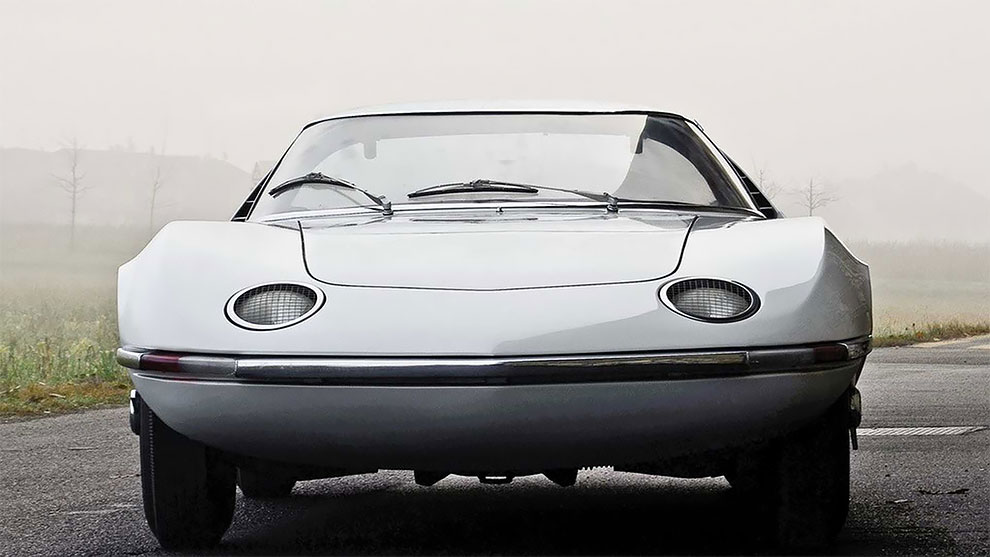
The car’s shape was that of a long-nosed berlinetta. The bodywork was executed in 0.031 in (0.8 mm) thick steel, with the hood and some other panels of aluminum. Originally painted a metallic silver, it was later changed to pearlescent white. A prominent horizontal body line midway up the side of the car visually divided the body into an upper and lower half. This was evocative of a turtle’s shell, and was reflected in the car’s name as well as in the turtle emblem on the rear deck.
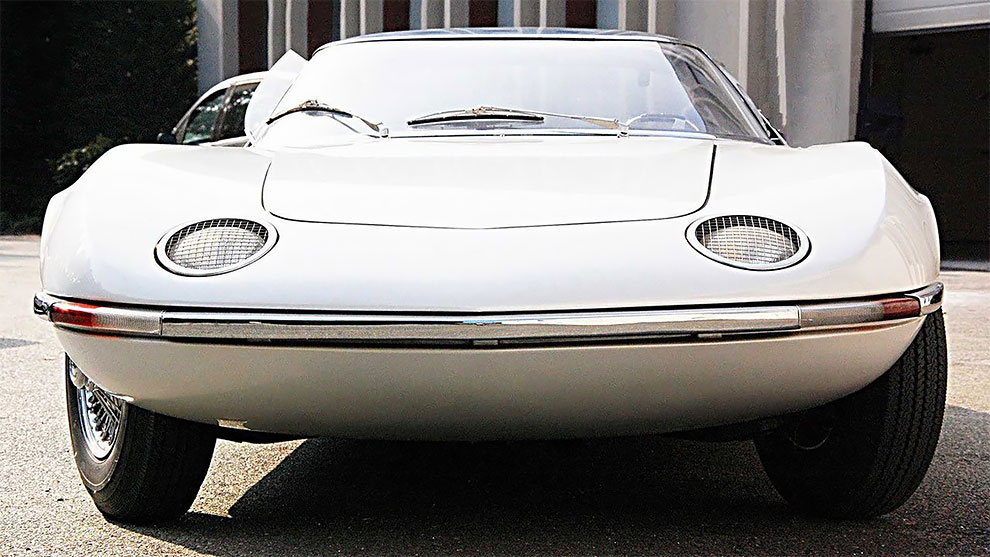
The interior of the car was accessed through a single, front-hinged canopy with a windscreen of safety glass. The wrap-around canopy did not include A-pillars. The top of the canopy was capped by a roof panel of tinted Plexiglas, and behind that was a large hinged hatch, also with a large curved tinted Plexiglas panel, over the storage compartment. Air intakes for the engine compartment were located on the sides just behind the canopy in what would normally be the leading edges of the B-pillar, a feature that would also be used later on the Miura.
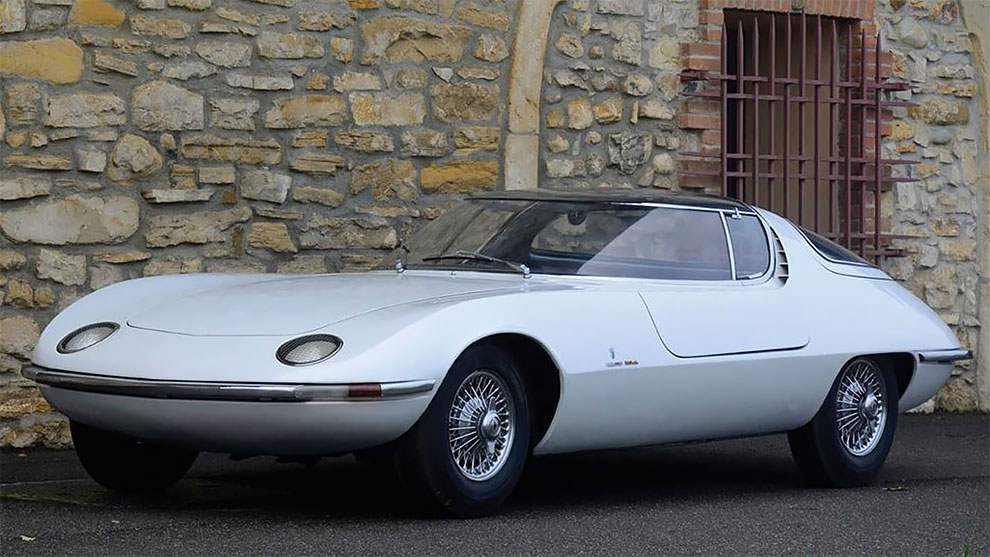
The taillights were made of polycarbonate – the first such application of the material. The lights were integrated into the rear bumper’s shape so as to not disrupt the rear body lines. The exposed headlamps rotated up and forward to a vertical position when needed and then folded back flush with the bodywork when not in use, another feature that would appear on the Miura.
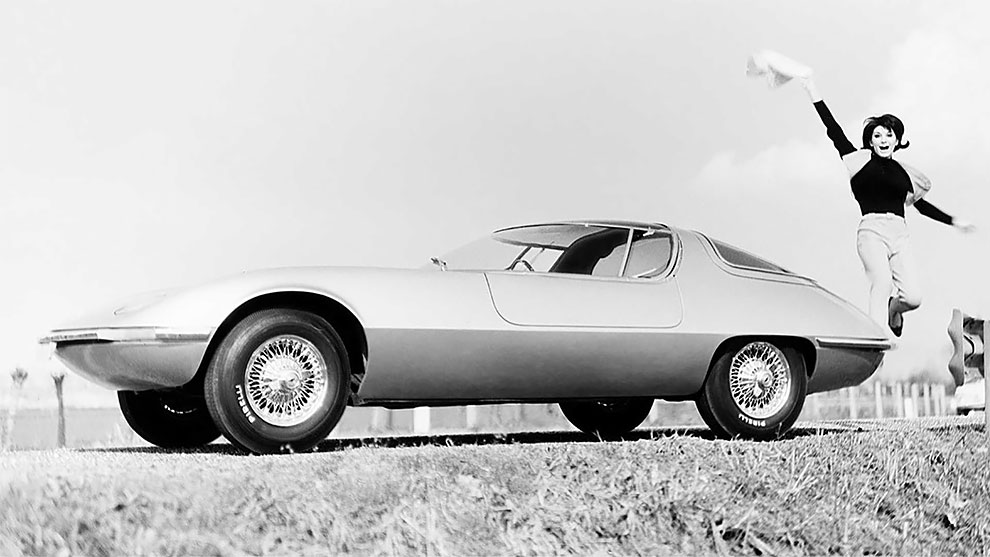
The interior of the car held two seats. Ahead of the driver was a rectangular steering wheel with rounded corners.
